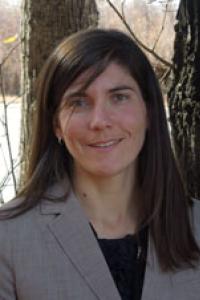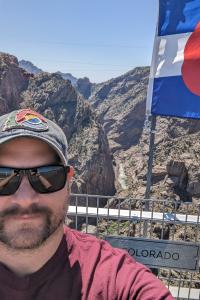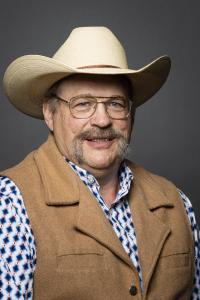Northern Plains Climate Hub (NPCH)
Climate Information Benefiting Agriculture and Forestry
The USDA Northern Plains Climate Hub (NPCH) is a USDA multi-agency effort led by Dannele Peck, Agricultural Economist with the USDA Agricultural Research Service (ARS) based in Fort Collins, CO. The USDA NPCH serves farmers, ranchers, and forest landowners in Colorado, Montana, Nebraska, Wyoming, and North and South Dakota. The USDA NPCH strives to enable working land managers to make sound, climate-informed decisions to ensure robust and healthy agricultural production and natural resources under increasing weather variability and a changing climate. We are able to accomplish this through our extensive network of government, NGOs, private entities, tribal, and university partners. We work to facilitate a feedback of information and technology needs from the field to the researchers and back to the field with our Extension and Outreach team.
What Type of Agricultural Production is in the Northern Plains?
The Northern Plains region has extensive precipitation and temperature gradients, which provide a diverse array of environmental conditions for agriculture. The region has diverse land uses including the largest remaining tracts of native rangeland in North America, substantial areas of both dryland and irrigated cropland and pasture, mosaics of cropland and grassland, and forested lands. Livestock production includes beef (cow-calf and yearling operations, feedlots), sheep, hogs, and dairy. Corn, soybeans, wheat, barley, alfalfa, and hay dominate crop production in the region, but it also includes an array of other crops such as potatoes, sugar beets, dry beans, sunflowers, millet, canola, and barley. Agroforestry includes windbreaks, silvopasture, riparian forest buffers, alley cropping, and forest farms.
Observed Weather Variability and Changing Climate
The Northern Plains has experienced increased weather variability and climatic changes throughout the 20th and early 21st centuries. The following are examples of observed changes, which pose risks and opportunities to agricultural production:
- Increased atmospheric carbon dioxide (CO2)
- Increased length of frost-free season
- Increased frequency of extreme events (e.g., droughts, heat waves, downpours)
- Increased nighttime temperatures
- Northward shift in plant hardiness zones
- Earlier and faster snowmelt-driven runoff, resulting in reduced summer streamflows
Vulnerability
Agricultural producers are dealing with increased risks associated with weather variability and changing climate.
Livestock:
- Reduction in livestock performance due to higher temperatures and greater pest abundance on livestock
- Increases in non-native invasive plants, which alter pasture or rangeland community composition, nutrient cycling, and fire risk
Croplands:
- Operational challenges for reservoir storage to provide irrigation water when needed for crop growth
- Higher nighttime temperatures during critical grain filling periods, which can reduce yield
Forests:
- Longer, hotter growing seasons increase wildfire risk
- Increase in pests, water stress, and invasive species enhances susceptibility to disease and mortality
Adaptation
Adaptation is the process of preparing for and responding to changes in climate by adjusting management in ways that harness benefits or reduce anticipated effects.
The USDA has identified a number of practices that land managers can use to adapt to or mitigate the effects of increased weather variability and a changing climate to make their operations more resilient.
Livestock:
- Adaptive grazing management
- Grass-banking
- Livestock operation flexibility
Croplands:
- Plant more water-efficient varieties
- Precision planting, fertilization, and irrigation
- Protect and enhance soil health
Forests:
- Plant diverse, pest tolerant and drought resistant species
- Prescribed fire and thinnning of coniferous forests
- Proactive pruning or maintenance of urban trees to reduce risk from extreme events
What is the USDA Northern Plains Climate Hub Doing About It?
The Hub will deliver science-based knowledge and practical information to farmers, ranchers, forest landowners that will help them to adapt to climate change and weather variability by coordinating with local and regional partners.
The Hub will provide:
- Technical support for land managers to respond to drought, heat stress, floods, pests, and changes in growing season.
- Assessments and regional forecasts for hazard and adaptation planning to provide more time to prepare.
- Outreach and education for farmers, ranchers, and forest landowners on ways to mitigate risks and thrive in the face of change.
Do You Want to Learn More?
Northern Plains Climate Hub: Quarterly & Five-Year Accomplishments
USDA Northern Plains Climate Hub Vulnerability Assessment
USDA Northern Plains Climate Hub Vulnerability Assessment Summary
Climate Risks in the Northern Plains (Updated November, 2020)









